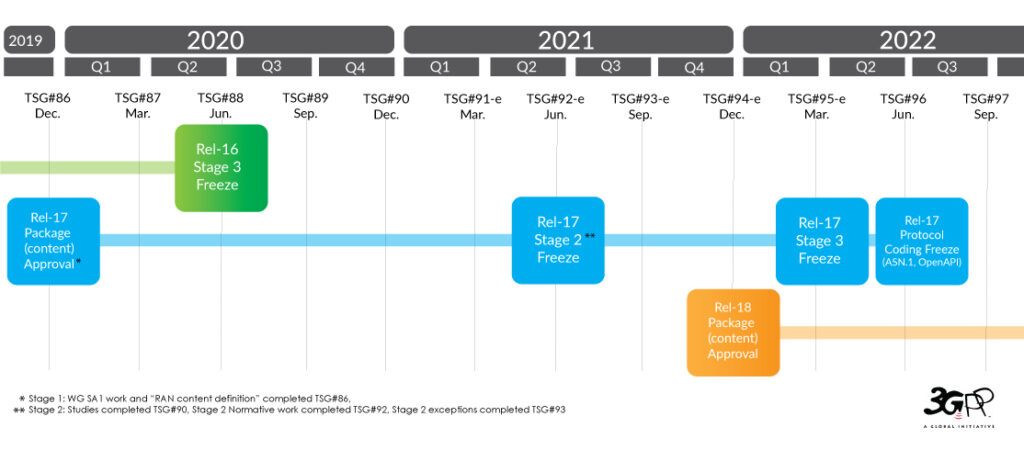Cellular positioning was first introduced in the mid-nineties to meet regulatory requirements of emergency call positioning; since then, the possibilities for this feature have drastically expanded to address the needs of industrial verticals and use cases such as logistics, smart factories, autonomous vehicles, digital twins, augmented and virtual reality.
According to Ericsson, it was “natural” for positioning capabilities to be extended to LTE and 5G in order to leverage the multiple sensors available in today’s devices, powered by various technologies including — but not limited to — GNSS, Bluetooth, barometric pressure and Wi-Fi.

LTE positioning has been supported since Rel-15. Then, Rel-16 introduced time-based positioning methods for NR Standalone deployments like multi-round-trip time (RTT) and Downlink and Uplink Time Difference of Arrival. Rel-16 also introduced angle-of-arrival and angle-of-departure-based positioning measurements, which is capable of higher accuracy when used in combination with timing-based solutions.
5G NR positioning
Ericsson observed that when it comes to 5G NR positioning accuracy estimation, there is a significant bandwidth improvement over LTE; while LTE provides a maximum of 20 MHz, NR provides up to 100 MHz in frequency range 1 and 400 MHz in frequency range 2. Additionally, received power can be increased by beamforming in NR operation.
NR, continued the vendor, also provides five different choices for subcarrier spacing: 15 kHz, 30 kHz, 60 kHz, 120 kHz and 240 kHz.
Positioning enhancements in Rel-17
Among other enhancements, 3GPP’s Release 17 (Rel-17) will include more precise 5G New Radio (NR) positioning with centimeter-level location accuracy indoors and accuracy within five meters outdoors, as well as positioning latency reduction and efficiency for increased capacity.
Because 5G will be used for Industry 4.0 applications inside facilities and factories, it’s critical for NR positioning to target 20-30 cm location accuracy for certain deployments.
Additionally, Rel-17 introduces key performance indicators for improved reliability and integrity of the position and location measurements particularly to address Industrial Internet of Things (IIoT) and automotive use cases, where the global navigation satellite system (GNSS) positioning procedure may not be enough.


